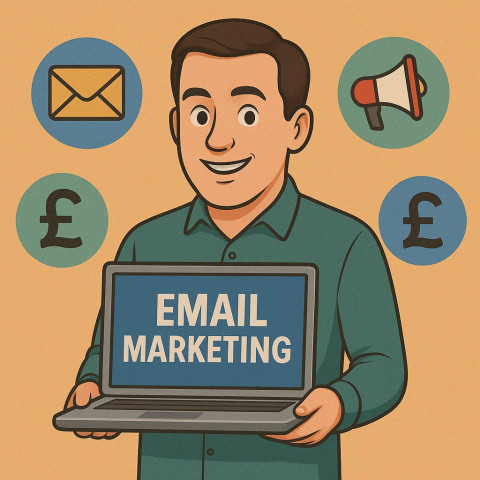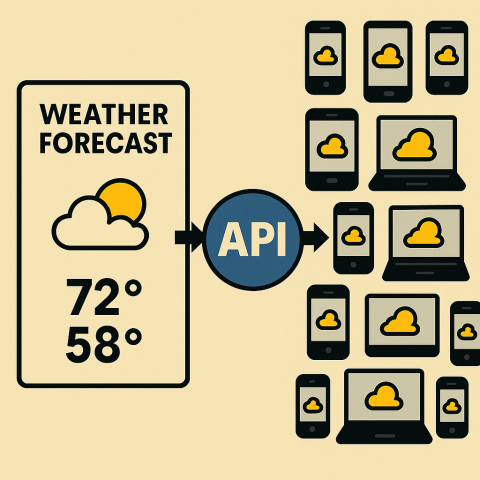Business Plans - Comprehensive Guide Part 4
Crafting a comprehensive Business Plan is crucial for defining key aspects that drive a company's success. This document should include a well-thought-out pricing strategy, which ensures competitive and profitable pricing. It should also outline a robust marketing strategy to effectively promote the business and attract customers. Competitor analysis is essential to understand the market landscape and identify opportunities and threats. Additionally, clear customer identification helps tailor services and products to meet the target audience's needs. By addressing these components, the document provides a solid foundation for achieving business objectives and sustaining growth.
1. Business Overview
a. Products or services
i. Pricing strategy
Within these calculations consider:
- The busy or quiet periods, such as Christmas and holiday seasons
- Contingency figures for work that takes longer than quoted, needing an external expert and extra research
ii. Products
X. Calculate how much each product or service will be sold for
Y. Total the cost to supply each one
Product pricing strategy formula
X minus Y = how much mark-up is required in the sales price to make a profit or at least break-even.
iii. Services
Pricing Services is very dependent on the services being offered, the skillset of the individual and if outsourcing is required.
There are five basic ways to price a service:
- An hourly rate
- A fixed cost and a mark-up
- A retainer package
- By commission
- By value
Pricing services effectively requires a strategic approach that balances competitiveness with profitability. Begin by calculating all costs involved, including direct expenses like your time and indirect expenses such as overheads.
Conduct thorough market research to understand competitor pricing and identify your unique value proposition. Consider the perceived value of your services from the customer's perspective and adjust prices based on demand and market conditions.
Offering tiered pricing or service packages can cater to different customer segments.
Continuously review and refine your pricing strategy to ensure it aligns with market trends and your Business goals.
Non-billable activities
Time spent creating awareness of the business, particularly in the early days:
- Marketing
- Networking
- Pitching
- Exhibiting
- Invoicing
- IT systems downtime
iv. Overview of your product or service
When giving an overview of your products or services keep it concise and other sections in the document will go into more detail.
v. Opening Paragraph
Explain what your Business is selling, what makes you different and your USP.
Start-ups
If you are a new start-up, do you have any confirmed orders and who are your best prospects?
vi. Operations and manufacturing
- How and where will the product be made or how will you carry out the service?
- How much does the product or service cost to make and/or deliver?
vii. The future
- Do you foresee the ability to offer additional products or services?
- How do you see the growth of the product or service?
viii. Sales and marketing
- How will you sell your product or service? Via a shop, online, customer visits?
- Why would customers buy your product or service instead of the competitions?
- What are its disadvantages and how will you address these?
- What industry will it be based in?
- What demands does it meet in today's market?
b. Marketing strategy
Your marketing strategy should include details off your market, competitors and customers.
It provides a clear picture of how you will get your products or services to the market despite competition.
Without awareness in the marketplace you won’t make sales and without sales your Business will fail.
Don’t confuse advertising with marketing. Advertising is ‘how’ and marketing is ‘what’. What are you marketing and how will you create sales awareness about it.
How will you promote each product or service for each section of your market? E.g. Advertising, PR, email, social market, direct marketing, exhibiting
The market
i. Market Overview
Give an overview of your market including things they frequently have in common as well as unique qualities that make some market sub-sections quite different.
Be sure to include a variety of their problems, concerns, fears etc.
It is essential you know and share that you fully understand your market, who you will be selling to and how other competitors are already selling a similar product or service.
Is your product or service wanted in the market and is there a customer base that will buy your product or service? This is the same if you are aiming to directly compete with your competitors with a similar proposition or a cheaper version.
- How has your market been affected by/recovered from COVID-19?
- Have there been or are there any anticipated major changes in technology?
- If you have carried out any market research provide the details and results in the appendix
If relevant, include a description of the marketing history of the product/service.
ii. The main competition
Competitors can be either direct or indirect.
Direct Competitors
These are competitors that are selling the same or similar product or service.
Indirect Competitors
Are those who are selling alternative or substitute products or services.
Never openly criticise or underestimate competitors, knowing your competition is vital to any business and the marketing and sales strategy.
Knowing your competitors can keep you informed and strengthen your Business idea. It also helps with the pricing strategy of your product, where to draw your customers from and efficiency ratios: measures of productivity and employee retention.
Carrying out market research can be so beneficial and takes many forms. Talk to other owners in the industry, carry our surveys in the communities, use social media etc.
iii. Print this Competitor’s comparison template

To compare competition identify:
- Who are your top 10 competitors?
- How do they compare to your Business?
- How will you attract customers from the competition to your Business?
iv. Your customers
Generally, there are four crucial things a customer needs:
- A fair price
- A good service
- A good product
- To feel valued
Segment your customers to identify their key characteristics.
An effective analysis will provide invaluable insights into your target market, enable you to provide a product or service that directly meets customers’ needs, your forecast marketing requirements and potential sales for each segment. If you don’t know your ideal customers, how are you going to sell to them?
v. Print this Ideal Customer Identification template
Envision your ideal customers and your target market. Use the demographics below to help you define your target in more depth and focus on the people you can help best.
|
Ideal Customer identification template |
||
|
Location: |
||
|
Language: |
Spoken: |
Written: |
|
Gender: |
||
|
Age: |
Under 25 |
45-55 |
|
25-35 |
55-65 |
|
|
35-45 |
65+ |
|
|
Relationship status: |
||
|
Education: |
||
|
Interests: |
||
|
Buying motivations: |
Comfort |
Wellness |
|
Convenience |
Prestige |
|
|
Money |
Emotion |
|
|
Security |
Pleasure |
|
|
Health |
Other |
|
vi. Meeting Customer Needs
Describe and explain how you intend to meet the wants and needs of your market
Apply the data to your Business practises to optimise the experience for your customers.
- What do they need?
- Their goals?
- Their fears?
- Why will they buy from you and no one else?
- Do they already buy the product or service?
A Business Plan encompassing a detailed pricing strategy, marketing strategy, competitor analysis, and customer identification is indispensable for a company's success. A well-formulated pricing strategy ensures profitability and market competitiveness, while an effective marketing strategy drives customer engagement and brand growth. Competitor analysis provides insights into market dynamics, helping to identify opportunities and mitigate risks. Clear customer identification allows for tailored offerings that meet the specific needs of the target audience. Together, these components form a robust framework that guides strategic decision-making and fosters sustainable business growth.
To view the other articles in this series follow this link: https://bespokeuk.com/post-cat...

Mailchimp Alternatives Guide 2025
Is Mailchimp still the best FOR EMAIL MARKETING? Or are UK businesses find...
5 min read

The Hidden Cost of Poor System Integration
Why Poor Integration Between Systems Is Holding Your Business Back And How...
8 min read

Admin Overload: The Silent Business Killer
The cost of manual, repetitive admin tasks In countless small and medium-s...
3 min read


